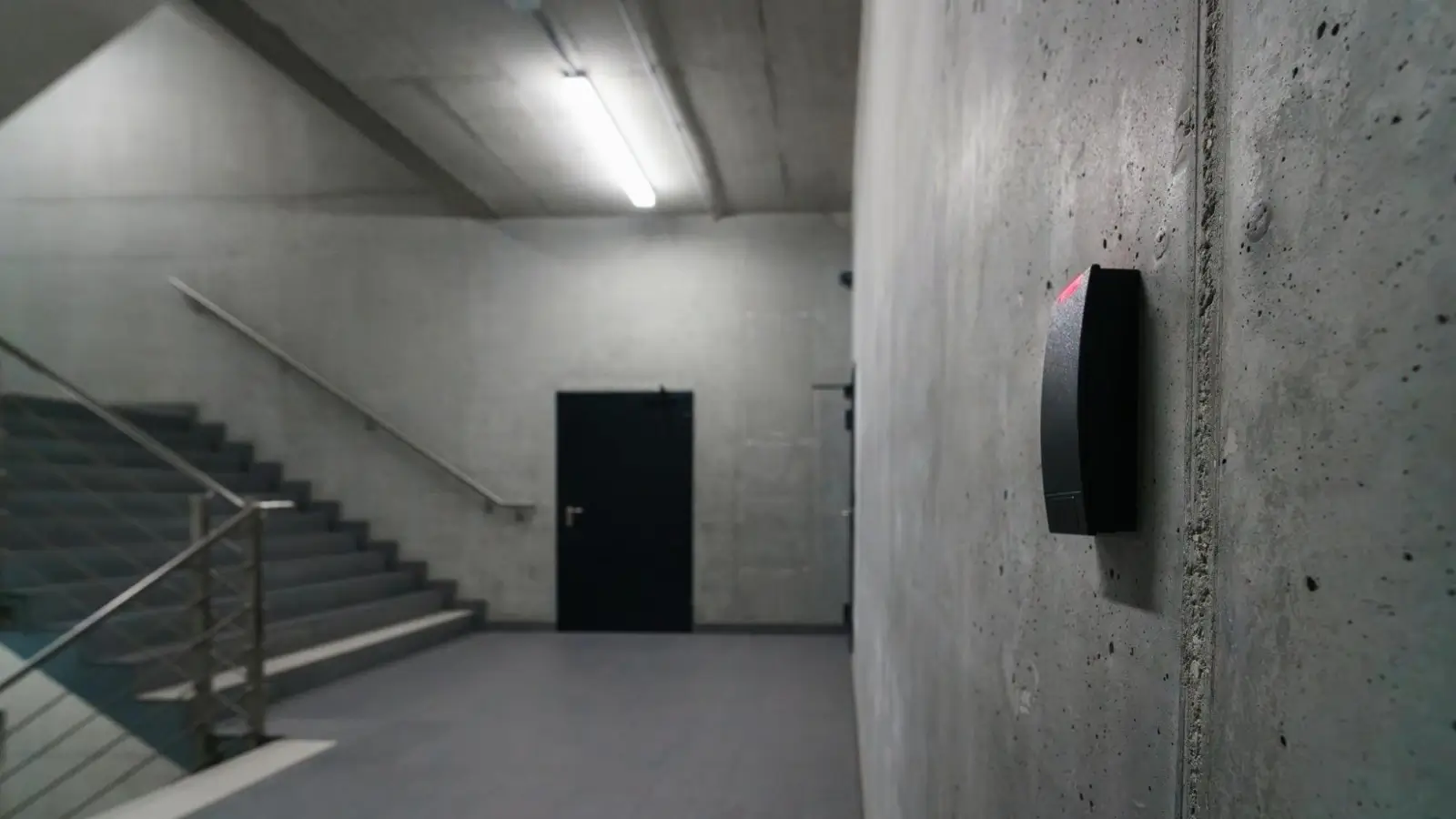


Modern facility management is about much more than keeping the lights on and ensuring the bins get emptied. It’s about creating safe, efficient, and comfortable environments for everyone inside. As workplaces, schools, and public spaces evolve, discreet monitoring devices are becoming essential tools. These technologies help facility managers maintain oversight without disrupting daily life or drawing unnecessary attention.
Facility managers are tasked with juggling safety, compliance, and comfort across large, complex environments. From air quality to unauthorized behavior, having a clear picture of what’s happening inside a building is crucial. Yet, overt surveillance or intrusive measures can sometimes create discomfort or even distrust among occupants.
That’s why discreet monitoring devices have gained traction because they quietly ensure safety and compliance while respecting privacy and maintaining a welcoming atmosphere.
One of the fastest-growing areas of discreet monitoring is air quality detection. Devices like vape detectors are being installed in schools, offices, and public venues to identify vaping activity without the need for cameras or direct surveillance. They can pinpoint where vaping is happening, send real-time alerts to staff, and even integrate with broader security systems.
But vape detectors are just one example. Facility managers are also deploying sensors to monitor:
Air quality: Tracking pollutants, CO₂ levels, and humidity for healthier environments.
Occupancy: Monitoring how spaces are used to optimize layouts and reduce energy costs.
Noise levels: Ensuring acceptable sound thresholds in shared spaces like libraries or offices.
Temperature fluctuations: Preventing equipment failures and improving energy efficiency.
These devices work silently in the background, delivering valuable insights without drawing attention.
While monitoring technology is becoming more advanced, striking the right balance between safety and privacy is key. Employees, students, and visitors don’t want to feel watched at every turn. Discreet monitoring allows facility managers to collect necessary data without invading personal space.
This balance fosters trust and ensures that technology supports, rather than undermines, the user experience within a building.
Integrating subtle monitoring devices into facilities delivers multiple benefits:
Proactive problem-solving: Issues like air quality dips or equipment malfunctions can be identified before they escalate.
Better compliance: Monitoring tools help facilities meet health and safety regulations.
Energy savings: Data from occupancy and environmental sensors inform smarter energy use.
Improved safety: Devices like vape detectors deter risky behavior and create healthier spaces.
Reduced disruption: Discreet devices blend into the background, avoiding unnecessary attention.
For facility managers under pressure to balance budgets and performance, these benefits can be game-changing.
The demand for discreet monitoring devices is on the rise across industries. According to Fortune Business Insights, the global smart building market is expected to grow from USD 96.96 billion in 2023 to USD 408.21 billion by 2030. This growth is fueled by the increasing need for data-driven facility management and a focus on healthier, more efficient buildings.
Facility management has moved far beyond clipboards and maintenance schedules. Discreet monitoring devices from vape detectors to occupancy sensors are shaping the future of safer, smarter spaces. By providing actionable insights without creating discomfort, they give managers the tools to run facilities more effectively while respecting the people who use them.